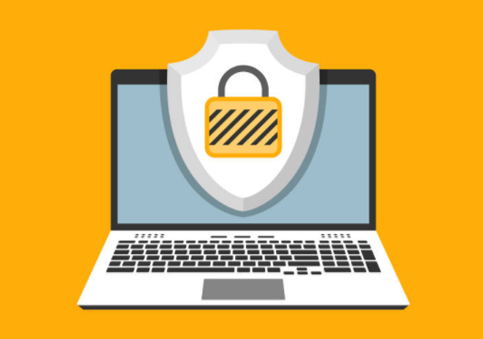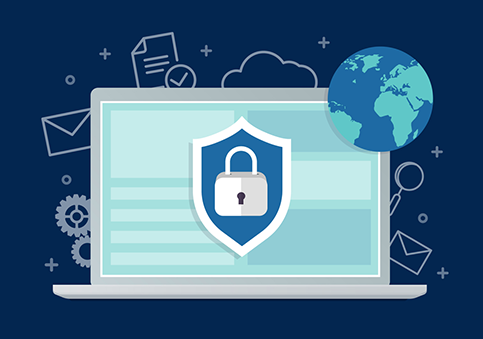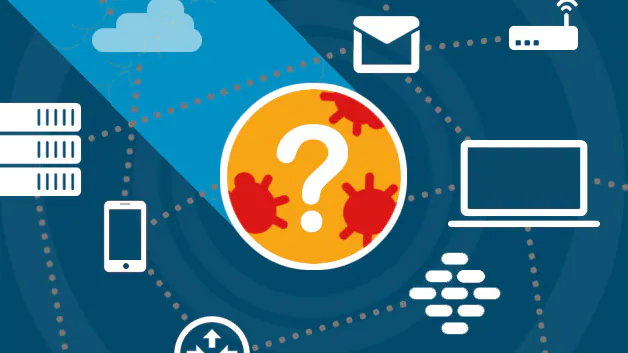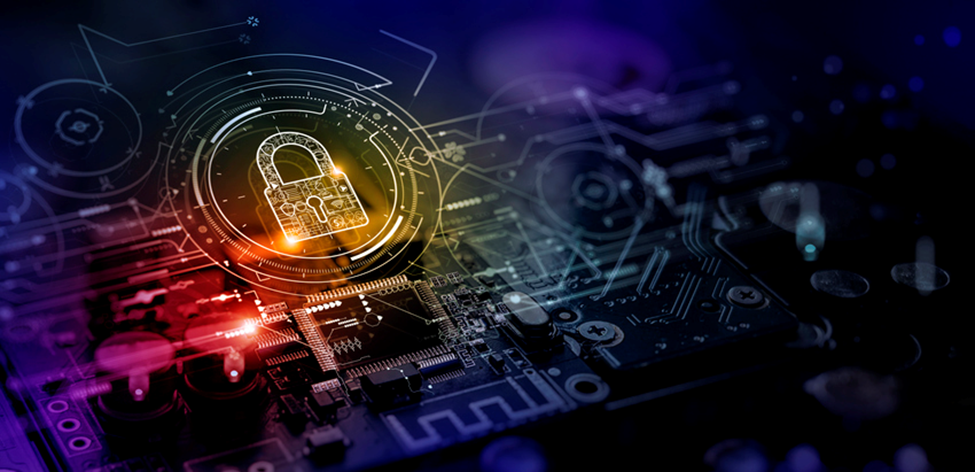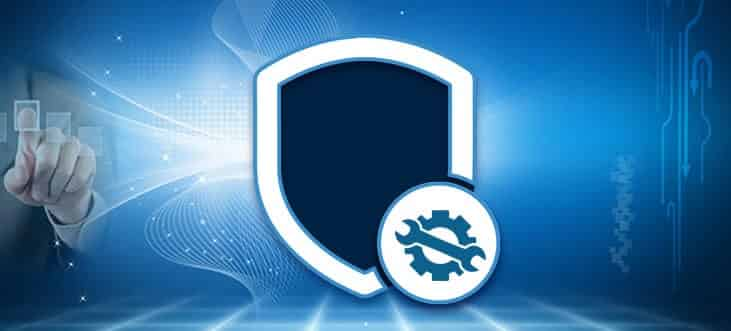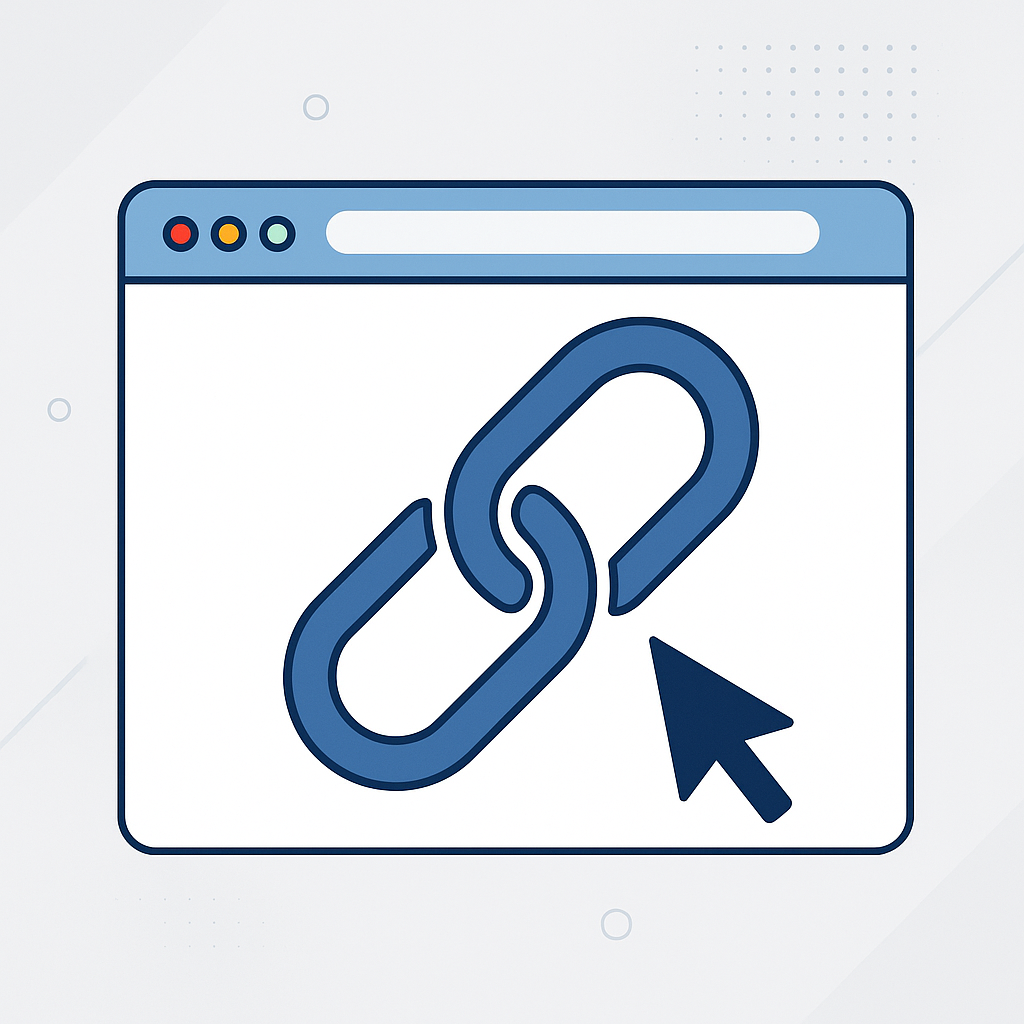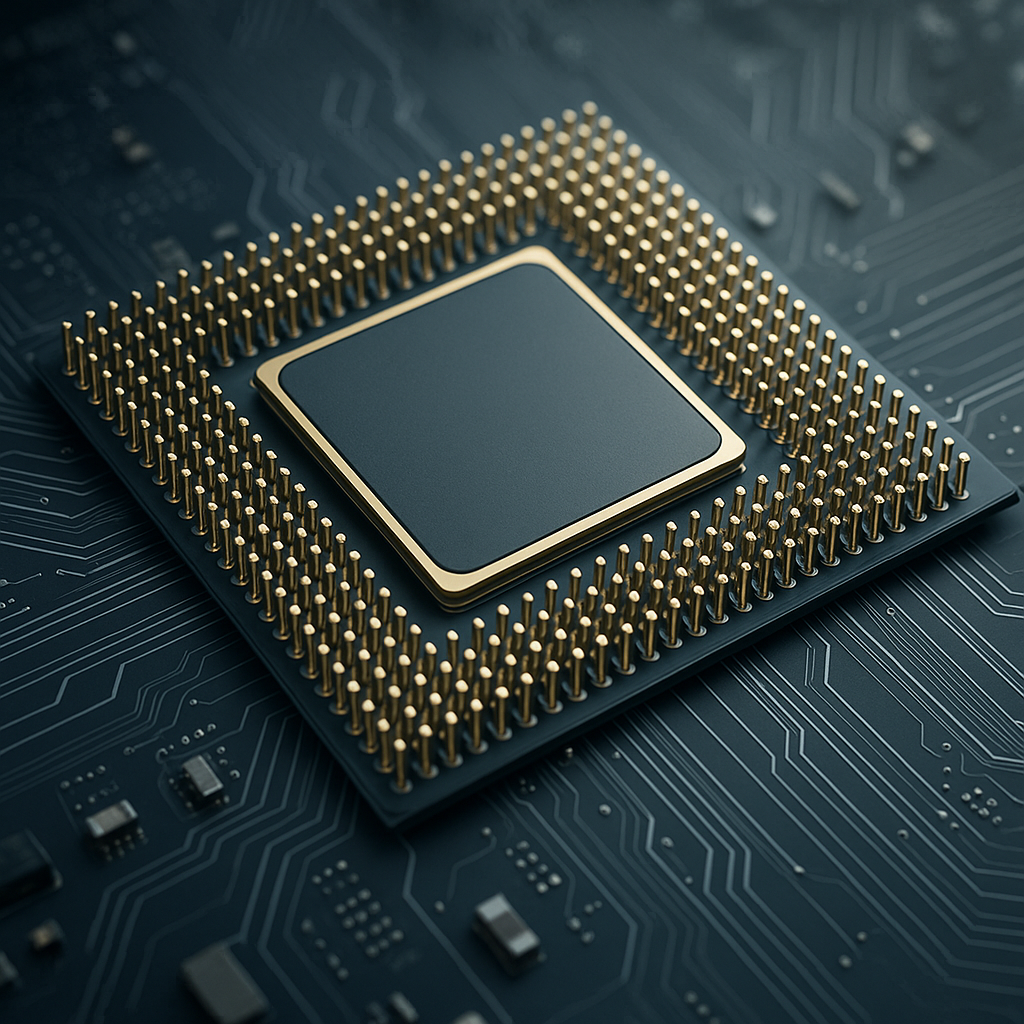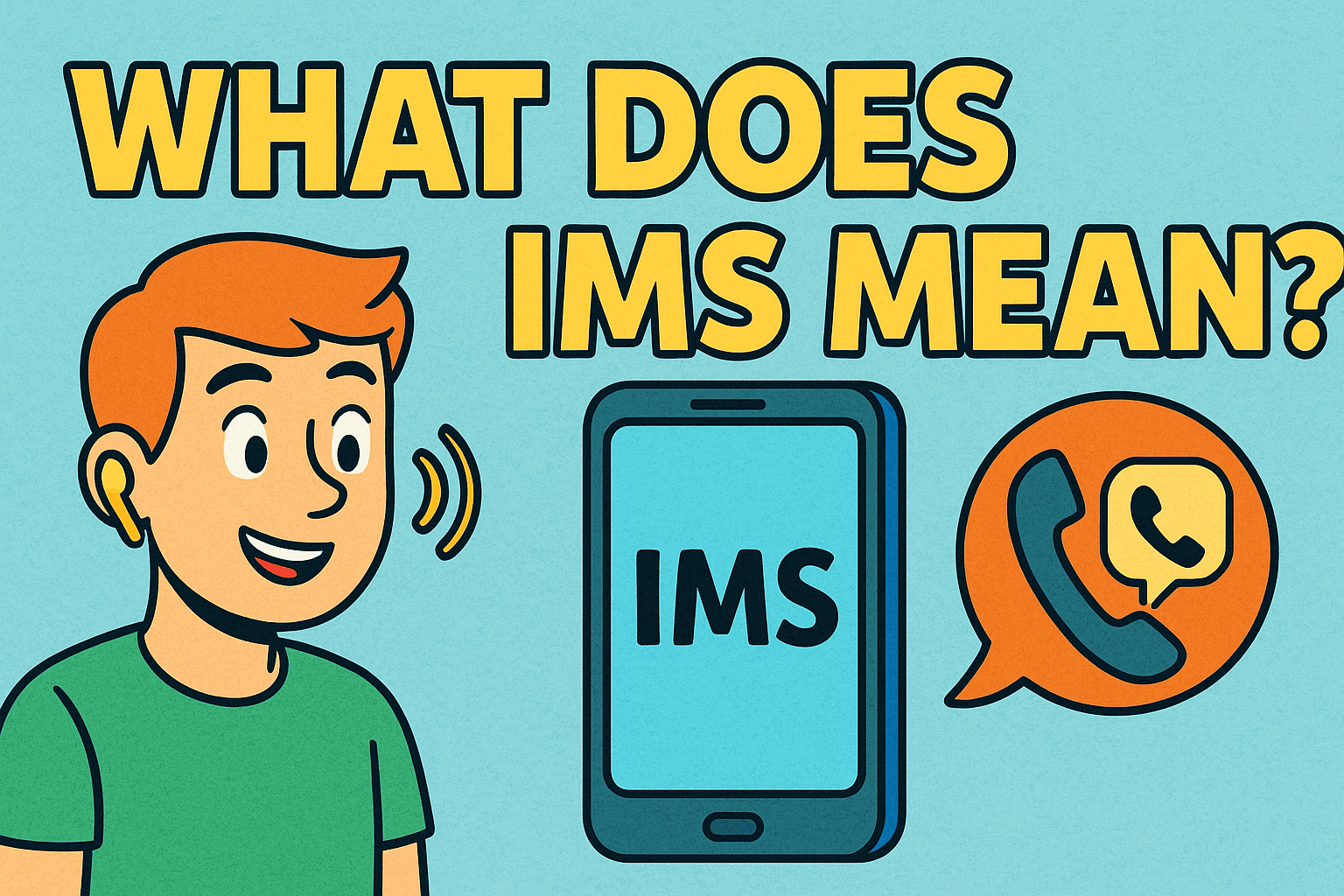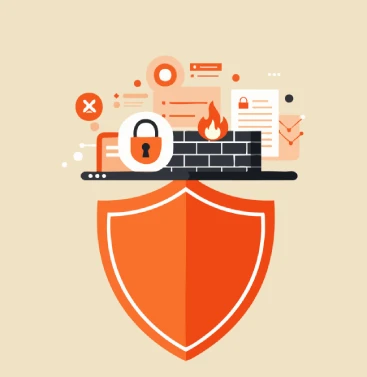Endpoint Protection: A Comprehensive Briefing by Xcitium.com
Updated on July 2, 2025, by Xcitium
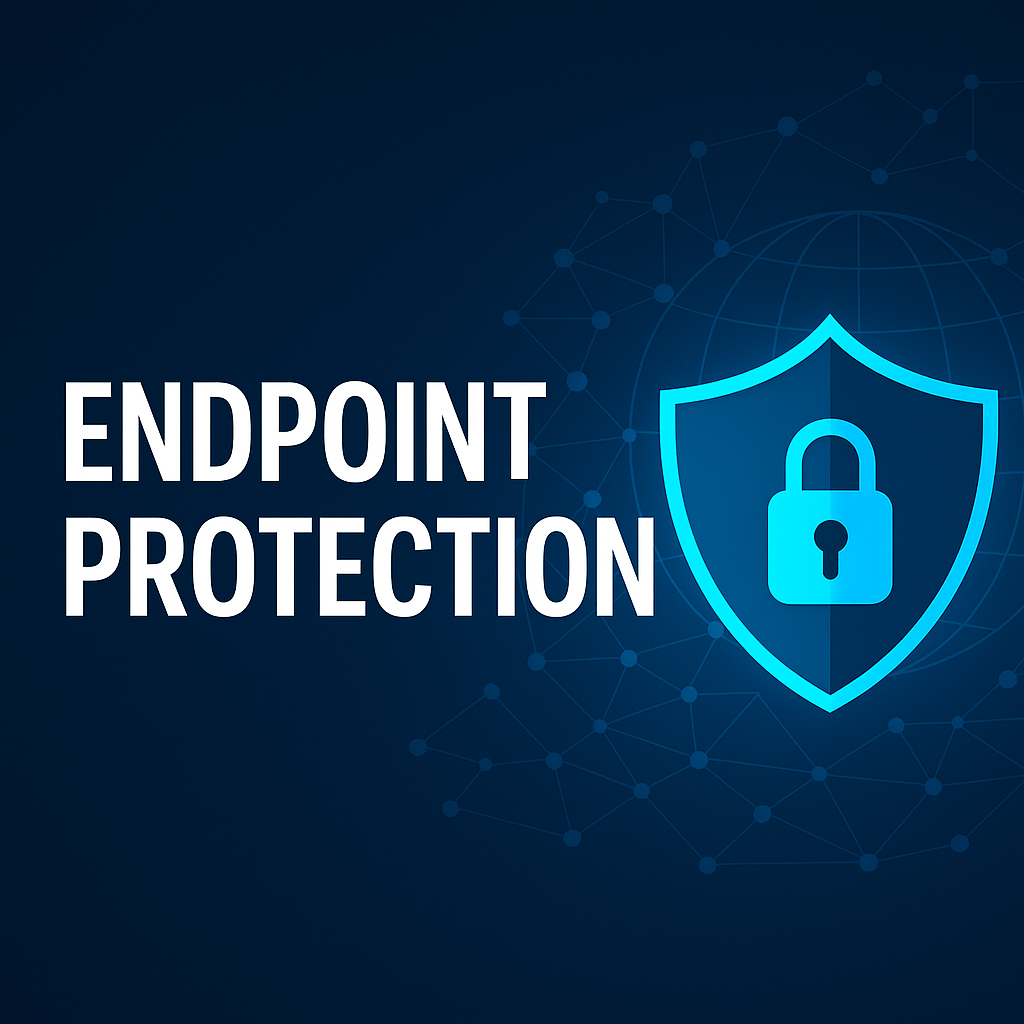
1. Executive Summary
Endpoint protection — also referred to as endpoint security — is a fundamental component of modern cybersecurity. It safeguards client devices (endpoints) connected to corporate networks against malicious threats. As organizations adapt to remote and hybrid environments, these endpoints become primary attack vectors.
This briefing from Xcitium.com outlines the meaning, significance, components, and strategic implementation of endpoint protection. More than a compliance requirement, endpoint protection is a core element of business resilience — protecting sensitive data, preserving intellectual property, and ensuring operational continuity.
2. What Is Endpoint Protection?
Endpoint protection refers to the approach of securing all devices that connect to a network, including:
- Laptops and desktops
- Mobile phones and tablets
- Servers
- Internet of Things (IoT) devices
- Point-of-sale (POS) terminals
- Printers, ATMs, industrial machines, medical devices, wearables
These endpoints are potential entry points for cybercriminals. An effective endpoint protection solution mitigates this risk through real-time detection, policy enforcement, and coordinated defense mechanisms across devices.
Modern Approaches:
Most solutions now use cloud-native architectures, offering centralized control, scalability, and live threat intelligence, even when devices are off-network.
3. Why Endpoint Protection Is Essential
a. Surge in Endpoint Numbers
The remote work revolution has led to an explosion in the number and types of endpoints. This expansion increases the attack surface and necessitates robust protection.
b. Cost-Efficiency
Built-in solutions and centralized management tools reduce overhead, provide automation, and simplify compliance across organizations.
c. Breach Prevention
Endpoints are frequent targets of attacks. A data breach can cost millions, and endpoint protection significantly reduces this risk.
d. Regulatory Compliance
Standards like CMMC mandate strong endpoint protection measures. Non-compliance can lead to penalties and reputational damage.
e. Defense Against Advanced Threats
Endpoint protection defends against modern threats such as:
- Ransomware
- Advanced Persistent Threats (APTs)
- Fileless malware
- Zero-day vulnerabilities
f. Data Protection
Preventing data leakage — whether accidental or malicious — is a top priority. Endpoint protection ensures that sensitive data remains secure, even if a device is lost or stolen.
4. Core Components of Endpoint Protection
Modern Endpoint Protection Platforms (EPPs) such as Xcitium’s endpoint security suite typically include:
- Anti-Malware & Antivirus: Uses AI/ML and behavioral analysis to stop known and unknown threats.
- Disk Encryption Management: Secures data at rest using centralized control over encryption policies.
- Firewall Management: Controls inbound/outbound traffic to prevent unauthorized access.
- Threat Detection & Response: Real-time monitoring and alerting via cloud-based intelligence.
- Exploit Protection: Guards memory and critical application areas from unauthorized manipulation.
- Application Guard & Control: Restricts the use of untrusted applications and enforces allowlists.
- Data Loss Prevention (DLP): Monitors and blocks sensitive data transfers.
- Patch Management: Ensures timely updates across endpoints to mitigate vulnerabilities.
- Multi-Factor Authentication (MFA): Adds identity verification layers for secure access.
- Sandboxing: Executes untrusted code in isolated environments to safely observe behavior.
- Intrusion Detection/Prevention (IDPS): Monitors network traffic for threats.
- Endpoint Detection & Response (EDR): Offers full visibility and fast threat mitigation.
- Machine Learning & AI: Learns from threat patterns to prevent zero-day exploits in real-time.
5. Endpoint Protection vs. Traditional Antivirus
| Feature | Antivirus | Xcitium Endpoint Protection |
| Scope | Single device protection | Whole-network endpoint security |
| Detection | Signature-based | AI/ML + Behavioral + Cloud Sandbox |
| Response | Reactive | Proactive + Real-Time Remediation |
| Management | Local alerts | Centralized dashboard & analytics |
| Capabilities | Malware detection only | Full suite (DLP, EDR, MFA, Firewall, etc.) |
In summary, antivirus is just one part of a broader, more intelligent endpoint protection solution offered by Xcitium.com.
6. Implementation & Management Strategies
To maximize the impact of endpoint protection, organizations should consider:
a. Centralized Management
Utilize platforms like Xcitium’s centralized console to configure policies, deploy patches, and monitor security posture in real-time.
b. Cloud-Native Deployment
Leverage cloud capabilities for scalability, remote visibility, instant updates, and off-network protection.
c. Layered Security Model
Integrate endpoint protection with perimeter, network, and email security to build a comprehensive defense strategy.
d. User Awareness & Training
Human error remains a top cause of breaches. Implement ongoing security awareness training, phishing simulations, and policy enforcement.
e. Threat Intelligence & Managed Services
Utilize live threat feeds and managed detection & response (MDR) services to stay ahead of evolving adversaries.
7. Conclusion
Endpoint protection is no longer optional — it is a necessity for any enterprise striving to secure digital assets in today’s threat environment. With Xcitium.com’s endpoint protection solutions, organizations gain:
- Proactive threat detection
- Unified visibility across all devices
- Automated response capabilities
- Simplified compliance
- Reduced risk of data loss and business disruption
By integrating advanced security technologies with human-centric awareness, Xcitium empowers businesses to secure their future — endpoint by endpoint.




